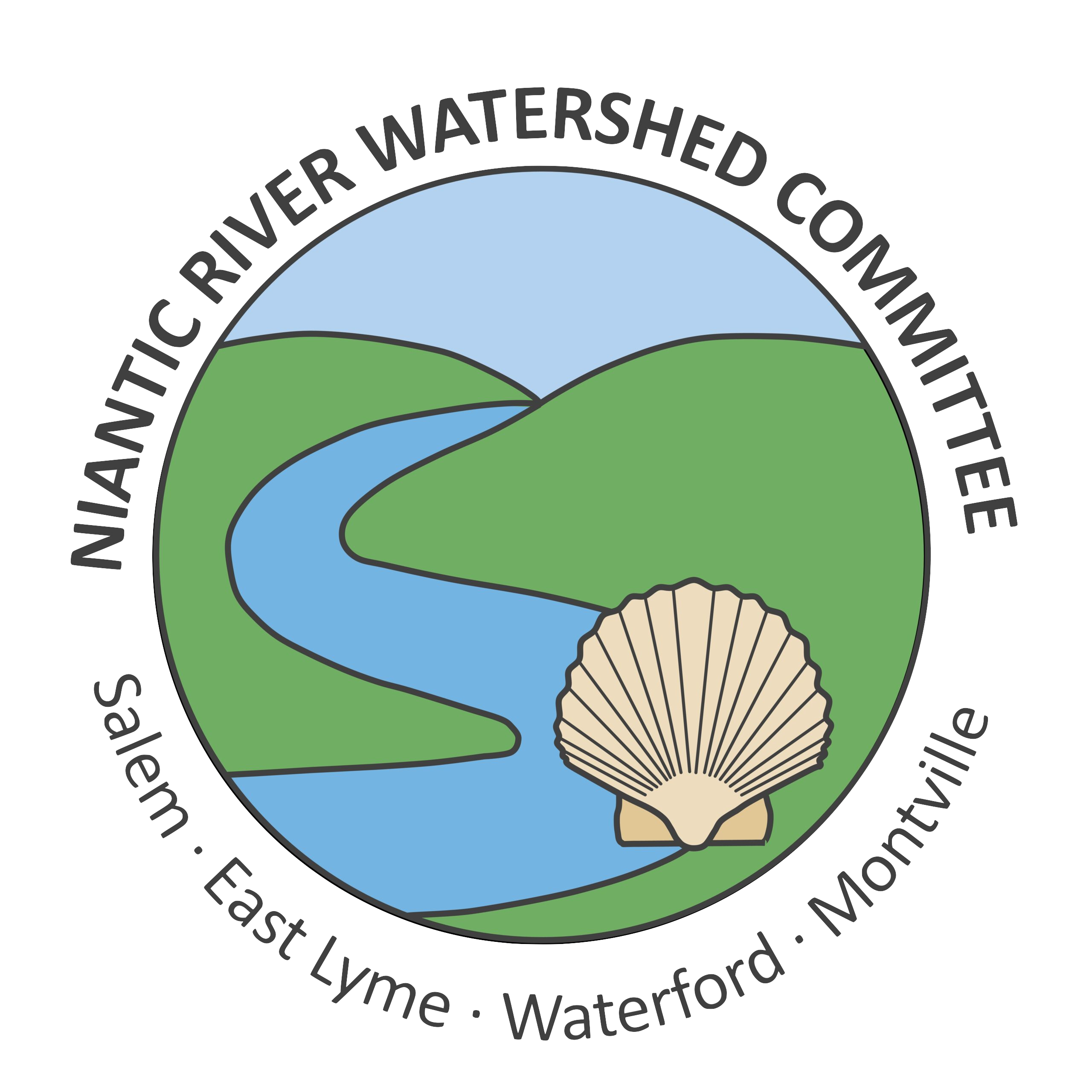Past News: February 9, 2016
The Nitrogen Work Group is pleased to announce the award selection for its data synthesis and nitrogen effects project. A request for proposals was posted on October 13, 2015 and notification of the award was made to the University of Connecticut on January 19, 2016.
Dr. Jamie Vaudrey, Dr. Jason Krumholz & Dr. Christopher Calabretta propose to fulfill the following project objectives:
• Synthesize available data to evaluate the relationship between environmental impacts (eelgrass extent, hypoxia) and stressors (river flow, nutrient input),
• Develop an ecosystem model (biogeochemical coupled to physical mixing) based on work done in Narragansett Bay,
• Develop recommendations for a target nitrogen load protective of eelgrass,
• Utilize already developed watershed nitrogen loading model to evaluate mitigation strategies, and
• Assess the transferability of this study to other LIS embayments
Visit Dr. Vaudrey’s webpage for project updates and information
For additional information, please contact Kelly Streich, CTDEEP, at kelly.streich@ct.gov or 860.424.3864.
To view and download the original RFP documents, click on the following links:
Request for Proposals – Data Synthesis and Nitrogen Effects Analysis
Attachment A – Niantic River Estuary Data Sources
Attachment B – Proposal Title Page
Attachment C – Overall Budget Form
Attachment D – Task-Based Budget Form
This award and project are now complete.
The Niantic River Nitrogen Work Group (NWG) represents a partnership comprised of federal, state, and local managers, research scientists, non-government entities, and members of the Niantic River Watershed Committee (NRWC). This partnership’s focus relates to understanding nutrient loading and its impact on ecosystem functions, such as water column dissolved oxygen, plant growth and health, and eelgrass survival. The NWG meets quarterly to exchange research results and information, to provide guidance and advisement on studies, to identify gaps and data needs, and to help guide a path forward towards improved resource management.
